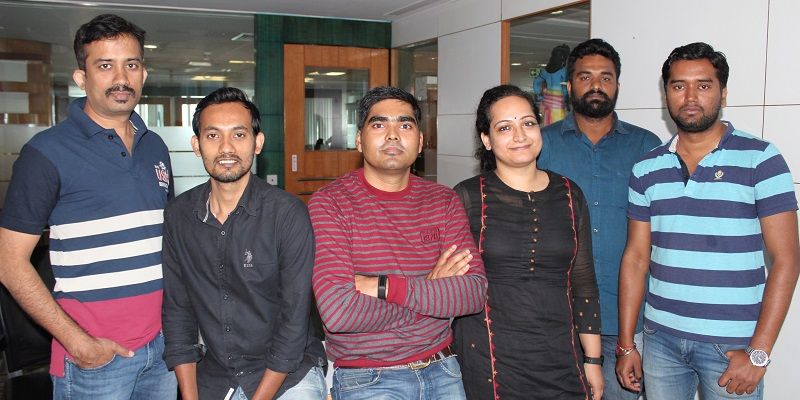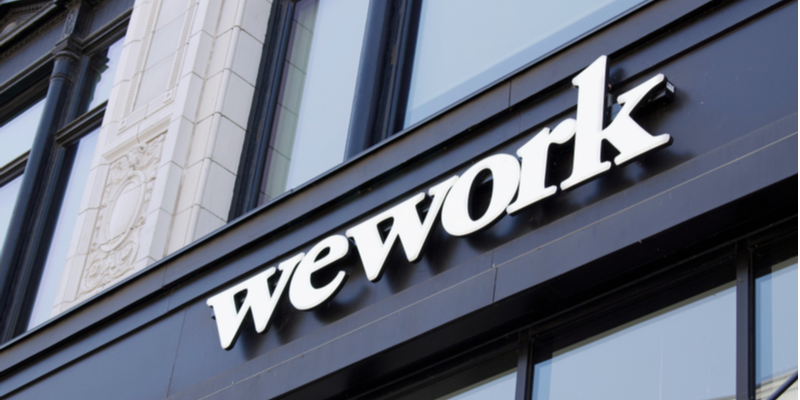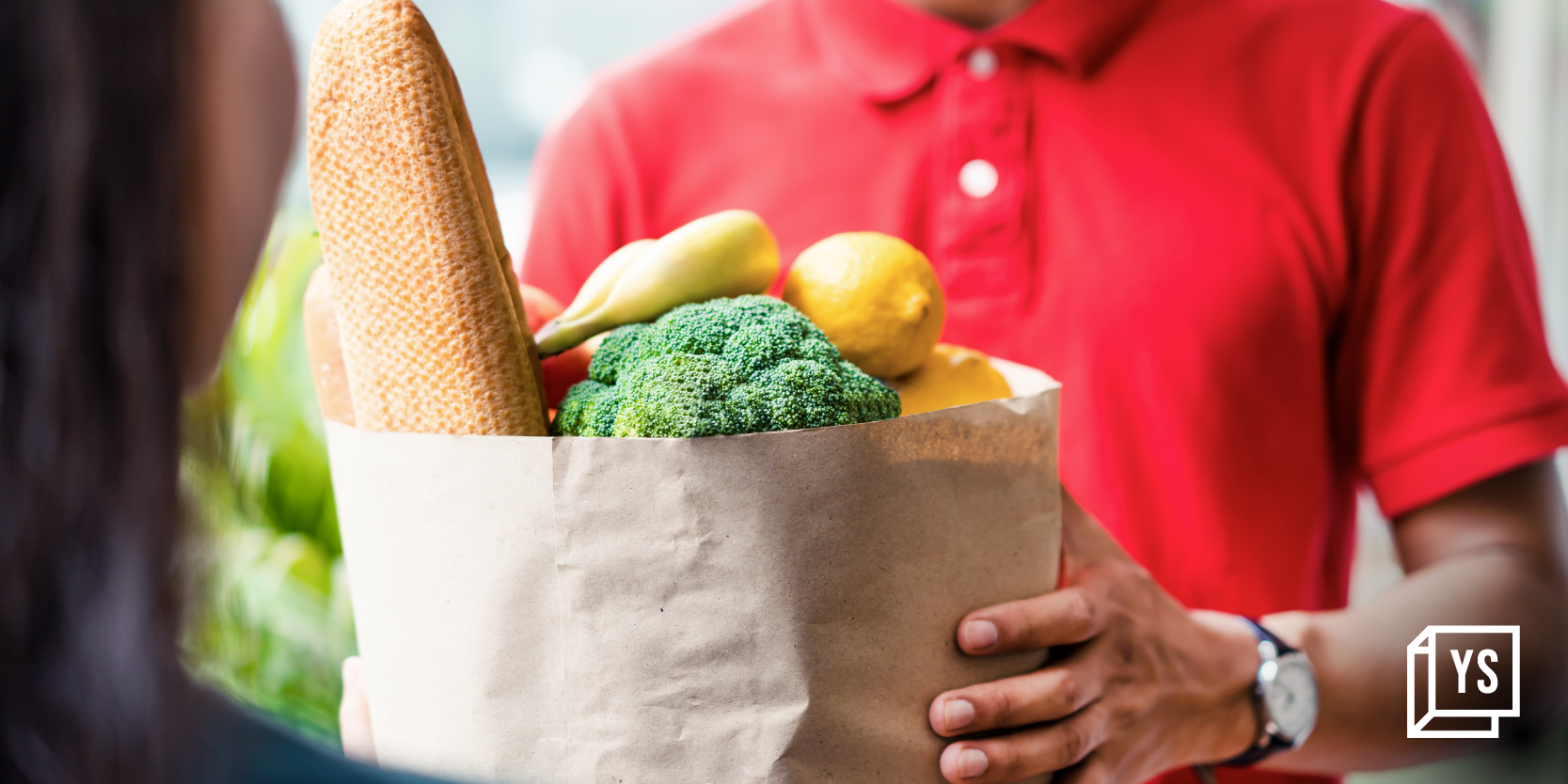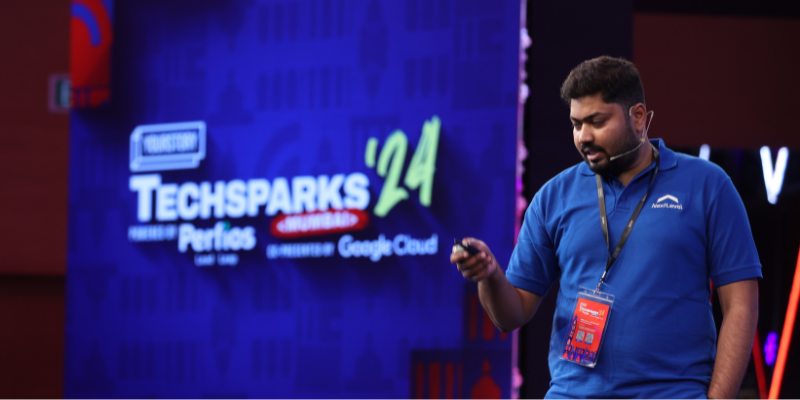Hassled by last-mile connectivity problems, couple puts Bykerr on the road
Bykerr is a bootstrapped Bengaluru-based last-mile connectivity app that connects commuters with the closest available transportation service
Shalini P, a 28-year old marketing executive, was rueing her luck. After a long day at work and a metro ride home, she was stuck at the metro station at 9:45 pm. The auto wallas were asking for atrocious amounts and trusted cab aggregators Ola and Uber weren’t as easily available. Desperate, she couldn’t help but curse the last-mile connectivity problem.
Thirty-three-year-old Hiranmay Mallick had faced a similar situation. Traversing the 2-km distance from the metro station to his home was a task. He could either walk or wait for the once-every-hour bus. It was a pain point, especially when he saw that his seven-month pregnant wife, Monalisa, often had to walk the distance alone.

What does the app do?
Hiranmay and his wife then came up with the idea of a last-mile connectivity app, Bykerr. Their platform connects commuters with easily available and accessible public transport options (autos and bikes). It gives nearby public transport options to your destination with station location details, distance and time, and - most importantly - bike share and auto rides to get there at an affordable cost.
“Our vision is to make public transport more accessible to daily commuters. So instead of giving you a point-to-point ride option, it gives you public transport options to reach to point B and only offers a ride till the public transport boarding point from ‘Point A’ to and fro,” Hiranmay says.
Currently available on the Playstore, the app offers commuters the option of pick-up and drop address bars on the landing page. The pickup location usually indicates the current location of the individual. However, one has the option of changing this to book for somebody else. On keying in the drop location, one has the option of putting a destination nearby or choosing BMTC and metro drop option.
The option “bus/metro drop” will give you the nearby bus/metro stations and timings. On choosing the desired station and mode of commute option (bike/auto) your booking will be confirmed with the Bykerr/Driver details on the app. Once the ride is completed, the fare appears on the app and can be paid by cash or wallet.
The challenges of scale
Nevertheless, the major challenge of building the app was getting the right partner and driver ecosystem. The duo had to go, meet and spend time with auto and bike owners to make them understand the idea and give them an idea of the long-term benefit.
“After appointing a few partners, we appointed local field officers to build and maintain continuous harmony with partners so they remain motivated to work for us. We incentivised the drivers/partners to appoint more partners to increase the partner base,” Hiranmay says.
The second and most critical challenge was to ensure a stable fund flow to the company to establish a healthy last-mile ecosystem. As the company was self-funded, this was a distinct hurdle. The couple was soon joined by their friends and colleagues, Narayan Mishra and Manjunath Laxman. The four of them pooled their personal savings to build the company.
Numbers and growth
Bykerr was conceptualised in April 2016 and started operations in July this year near the first three metro stations in Bengaluru - Baiyappanahalli, Swami Vivekananda and Indiranagar. The revenue generated until September was Rs 1,10,000. The team claims to have 35 to 45 transactions per day and the maximum traction was 52.
“We started with five partners/drivers (who provide service on behalf of Bykerr) in July. By September 20, we had more than 40 partners. We are expecting our partner base to grow to 100 by November with the average daily traction of 500 a day,” Hiranmay says.
The market situation
Bengaluru roads are super congested. According to a report by the Times of India, there were 6.7 million vehicles on road and public transport share was at 43 percent. This is expected to drop to 36 percent by 2031. Bengaluru currently has 3.5 lakh daily metro commuters and over 56 lakh bus commuters.
Currently, Ola and Uber have also started services at metro stations in Bengaluru. They operate in a similar manner like for the airports. There are also super aggregator apps like Scoot, which integrates multiple APIs. Scoot looks to take the hassle out of juggling between multiple apps and allows users to get the service they desire more quickly. To do so, users need to set their pickup location and the app provides information about taxi cabs across different service providers.
The differentiator and the future
Bykerr works as a dedicated real-time information-based last mile connectivity service with an intention to make public transport more accessible and trustable.
Hiranmay says they want to make Bykerr a cashless and hassle-free travel transition for those using public transport from home to office to and fro, with reduced travel time and cost.
The team is also working on a women ride share platform called Bykerr Diva.
Speaking of their plans for the future, Hiranmay says, “We are planning to cover all the 41 Namma Metro stations and over 200 nearby areas in next 14-16 months. We expect to reach a daily traction of over 3,000 trips a day and will then look at other cities. We will soon launch an exclusive women ride share platform for working and stay-at-home women.”











